Apptronik will combine its iterative design experience and Apollo humanoid in testing with Google DeepMind’s AI platforms.
Get the latest international news and world events from around the world.
Greenland Shark’s 400-year life tied to unique DNA repair mechanisms
Sharks differ from one another, so there are no other examples within the kingdom. Only this shark. All the same, researchers intend to analyze the Greenland shark’s DNA further and compare it to other sharks and fish to continue to unravel this mystery.
Scientists are exploring ways to prolong human life.
“The goal is to have better DNA repair,” an expert told CNN, and scientists have to study all the animals with an unusually long lifespan to determine which ones would “more easily adapt to human use.”
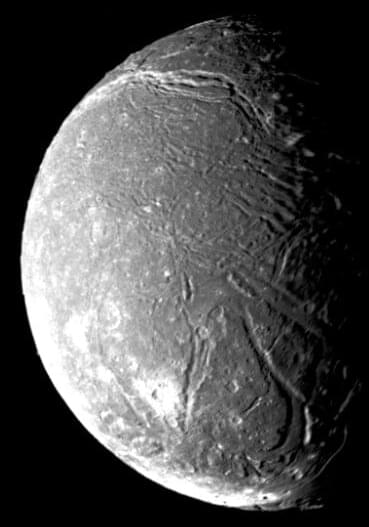
Uranus’s Swaying Moons will help Spacecraft Seek Out Hidden Oceans
A new computer model can be used to detect and measure interior oceans on the ice covered moons of Uranus. The model works by analyzing orbital wobbles that would be visible from a passing spacecraft. The research gives engineers and scientists a slide-rule to help them design NASA’s upcoming Uranus Orbiter and Probe mission.
When NASA’s Voyager 2 flew by Uranus in 1986, it captured grainy photographs of large ice-covered moons. Now nearly 40 years later, NASA plans to send another spacecraft to Uranus, this time equipped to see if those icy moons are hiding liquid water oceans.
The mission is still in an early planning stage. But researchers at the University of Texas Institute for Geophysics (UTIG) are preparing for it by building a new computer model that could be used to detect oceans beneath the ice using just the spacecraft’s cameras.
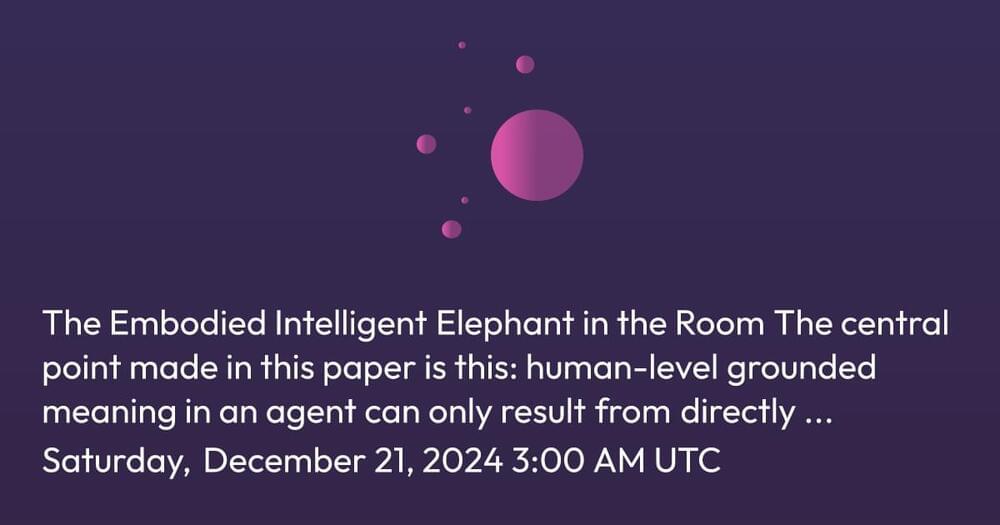

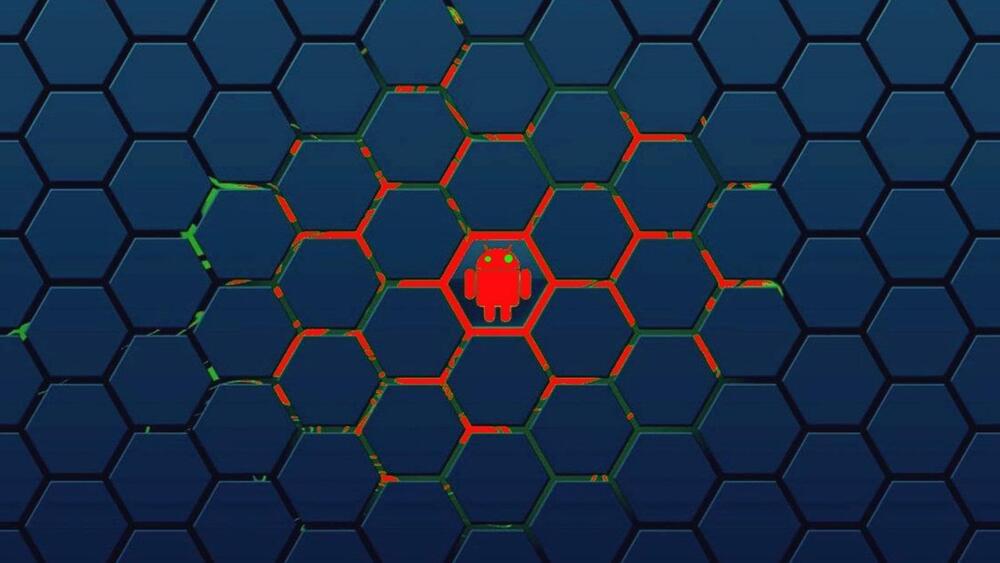
BadBox malware botnet infects 192,000 Android devices despite disruption
The BadBox Android malware botnet has grown to over 192,000 infected devices worldwide despite a recent sinkhole operation that attempted to disrupt the operation in Germany.
Researchers from BitSight warn that the malware appears to have expanded its targeting scope beyond no-name Chinese Android devices, now infecting more well-known and trusted brands like Yandex TVs and Hisense smartphones.
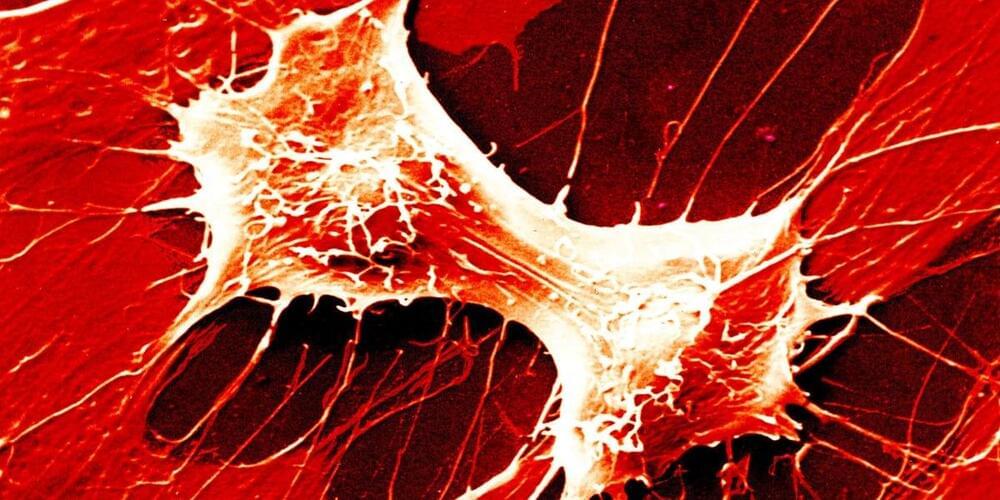

Addressing the Puzzle of Bispecific Antibody Manufacturing
To help reduce this problem, Evitria says they’ve licensed Lonza’s bYlok® technology to improve light chain pairing. The starting point involves antibodies with a “knob” or a “hole” in the heavy chains, so-called “knobs-into-holes” technology, to help improve correct bonding between parts of the bispecific, Schmidt explained.
“What you have are two variations, bYlok and non-loked, and another two combinations where one chain has a hole formation and the other a knob formation and vice versa,” he says. “And you can express these four combinations to see the impact of the expression level, the yields, heterodimer formation, and purity.”
By doing this early screening, he adds, it’s possible for customers to speed up their process development and move to commercial bsAb manufacturing.
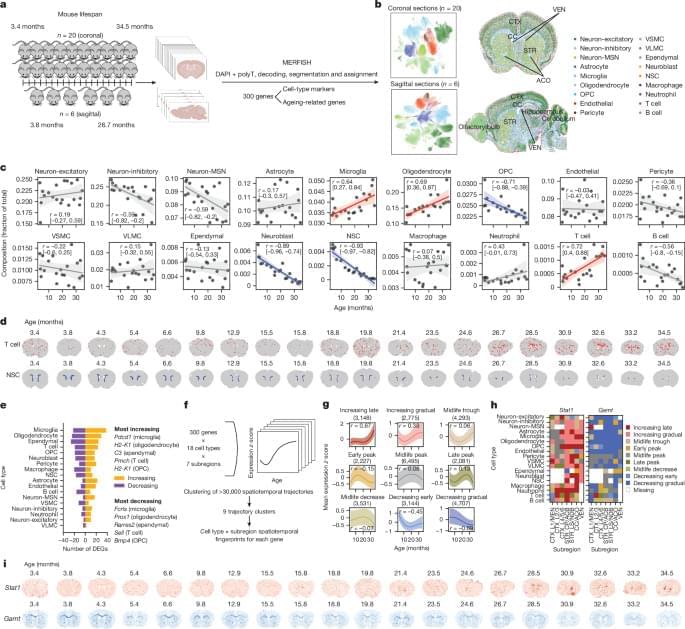
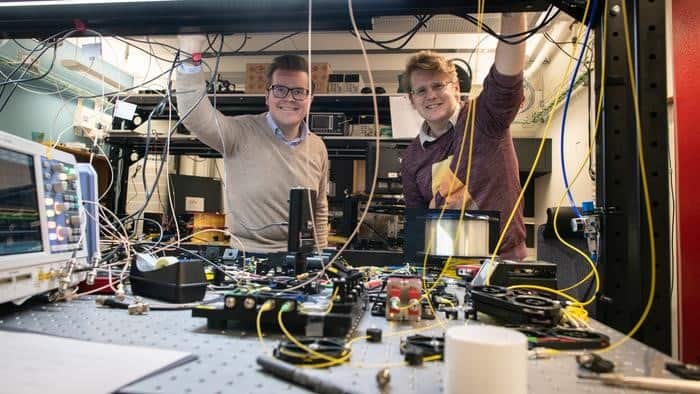
Quantum uncertainty and wave–particle duality are equivalent, experiment shows
The orbital angular momentum states of light have been used to relate quantum uncertainty to wave–particle duality. The experiment was done by physicists in Europe and confirms a 2014 theoretical prediction that a minimum level of uncertainty must always result when a measurement is made on a quantum object – regardless of whether the object is observed as a wave, as a particle, or anywhere in between.
In the famous double-slit thought experiment, quantum particles such as electrons are fired on-by-one at two adjacent slits in a barrier. As time progresses, an interference pattern will build up on a detector behind the barrier. This is an example of wave–particle duality in quantum mechanics, whereby each particle travels through both slits as a wave that interferes with itself. However, if the trajectories of the particles are observed such that it is known which slit each particle travelled through, no interference pattern is seen. Since the 1970s, several different versions of the experiment have been done in the laboratory – confirming the quantum nature of reality.